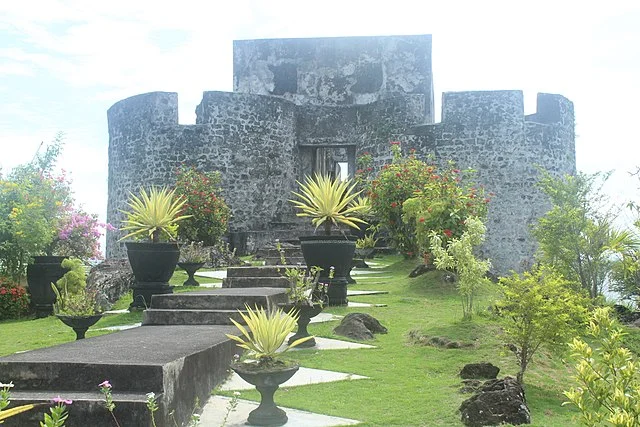Fort Tolukko is a 17th-century military structure located in Ternate, Indonesia. It played a key role in the spice trade and colonial history of Southeast Asia. Built by the Portuguese in AD 1540, the fort was intended to strengthen their control over the lucrative clove trade in the region.
Get your dose of History via Email
Strategic Importance
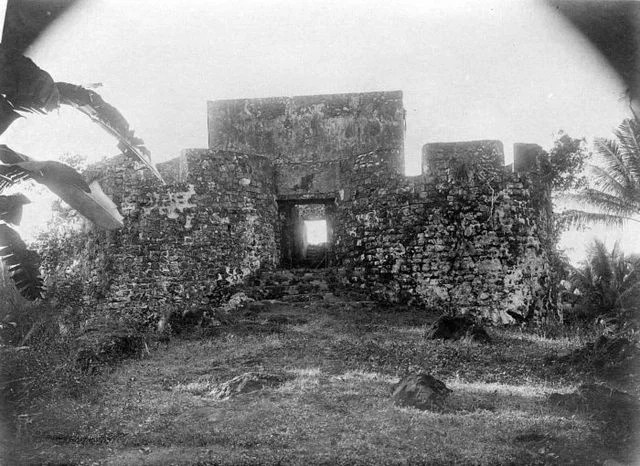
Ternate, along with its neighboring island Tidore, was one of the world’s few sources of cloves in the 16th century. As European powers competed for control of this valuable spice, the islands became a center of conflict. The Portuguese initially gained influence in Ternate by forging alliances with local rulers. They constructed Fort Tolukko to defend their stronghold from rival European powers and indigenous forces.
Construction and Design
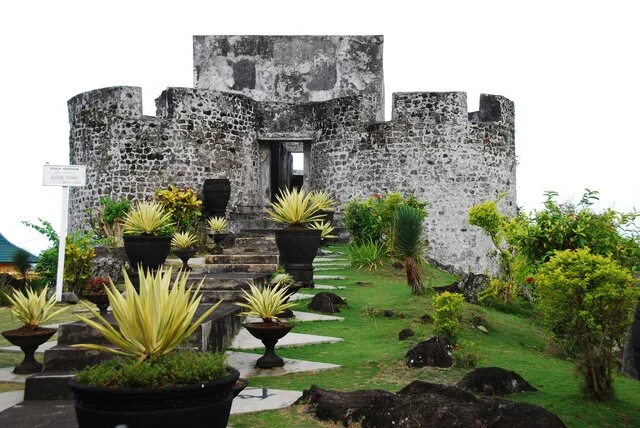
The fort’s construction followed typical European military architecture of the period. Built on a hill overlooking the sea, it had a strategic vantage point. The design included thick stone walls and bastions, allowing defenders to monitor and protect the surrounding area from attacks. The fort’s location gave it a clear view of Ternate’s coastline and harbor, essential for maintaining control over maritime routes.
Role During the Dutch-Portuguese Conflict
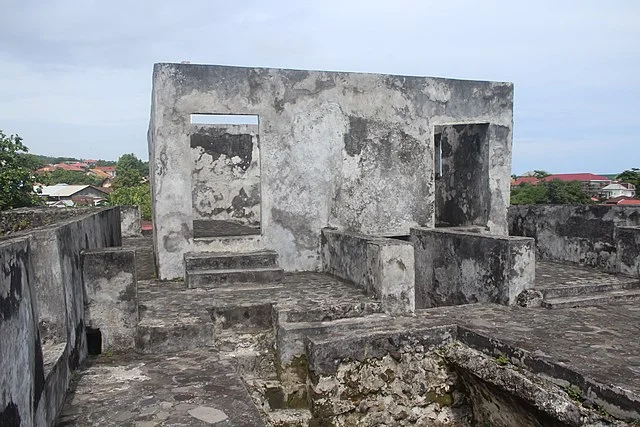
In the early 17th century, the Dutch East India Company (VOC) sought to displace the Portuguese from the region. The Dutch launched several campaigns to gain control of Ternate and its valuable spice trade. In AD 1605, the Dutch captured Fort Tolukko from the Portuguese. The fort remained under Dutch control for much of the colonial period, reinforcing their monopoly over clove production in the region.
Restoration and Preservation
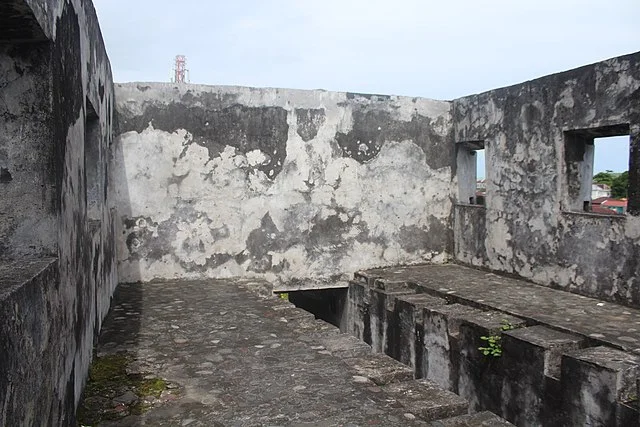
In modern times, Fort Tolukko has undergone several restoration efforts to preserve its historical significance. It is now a popular tourist destination in Ternate, drawing visitors interested in the colonial history of the region. Restoration efforts aim to maintain the fort’s original design while preventing further degradation due to natural elements.
Legacy of Fort Tolukko
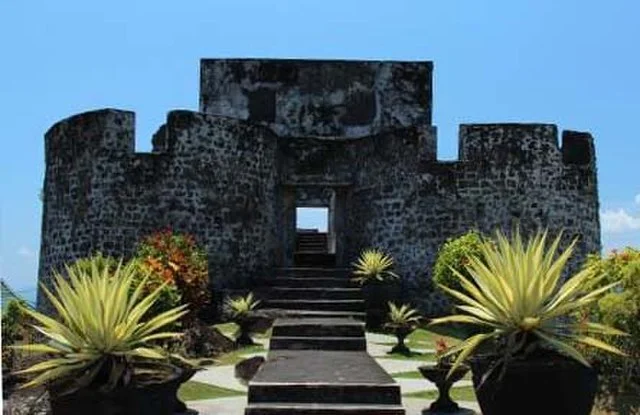
The fort stands as a symbol of the intense competition among European powers for control of Southeast Asia’s resources during the Age of Exploration. It also represents the resilience of the local Ternate people, who were caught in the crossfire of these imperial struggles.
Fort Tolukko continues to be an important cultural and historical site, reflecting the impact of European colonization on Southeast Asia.
Source:

